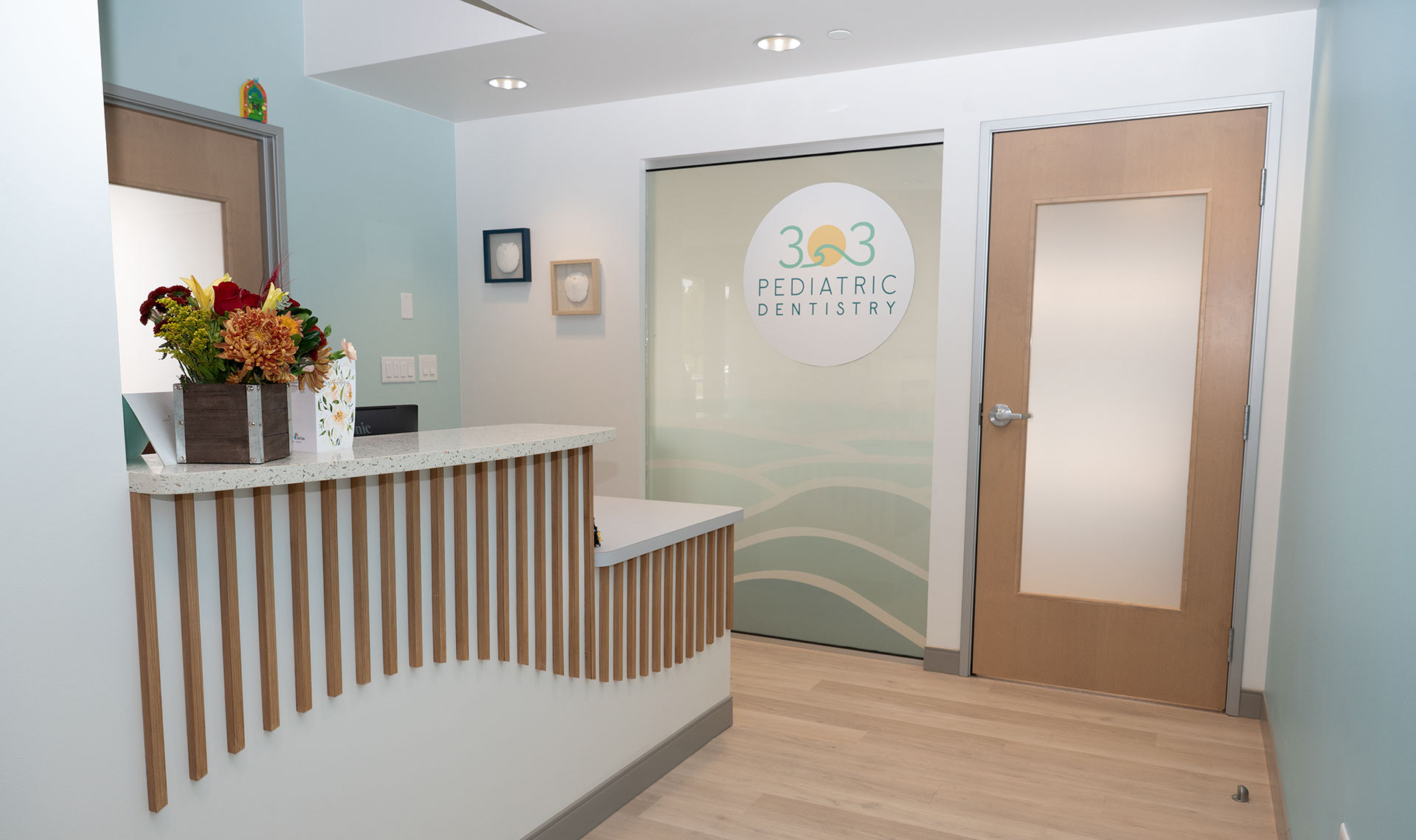
At 303 Pediatric Dentistry we provide precise and gentle care when treating cavities and placing fillings to rebuild a child’s tooth and protect their oral health.
Tooth decay is one of the most common chronic diseases among children. According to the National Institute of Dental and Craniofacial Research, over 50 percent of 5-9 year-olds have at least one cavity or filling.
The number only increases as children get older, with that proportion rising to nearly 78% among 17-year-olds in the United States. Early detection and treatment are key to preventing further damage and preserving oral health for a lifetime of healthy smiles. At 303 Pediatric Dentistry we specialize in treating children's tooth decay and placing fillings.
Children are at risk of cavities due to lifestyle and dietary habits. They tend to consume sugary foods and beverages more frequently than adults, which contributes to the higher incidence of tooth decay among this age group. Additionally, young children may not have developed good oral hygiene habits yet, making them even more susceptible.
By scheduling regular dental check-ups starting from an early age, parents can help ensure that any cavities are detected and treated promptly. The office of 303 Pediatric Dentistry encourages parents to schedule their child’s first dental visit by the time they turn one year old or when their first tooth appears.
The process of treating a cavity typically involves removing decayed and damaged parts of the tooth, then filling in the empty space with a material that restores its form and function. The procedure is often performed under local anesthesia to ensure your child’s comfort during the treatment.
Once the area is numb, our pediatric dentist will carefully remove any decay using specialized dental instruments. After removing all of the infected tooth structure, we prepare the tooth for a filling material. For mild to moderate cavities, we typically place a white or tooth-colored composite resin filling that matches the natural color of your child’s teeth.
In some cases, we might need to use silver amalgam fillings or stainless steel crowns if the cavity is larger and more extensive. We will discuss these options with you in detail before proceeding with any treatment plan so that you fully understand what’s involved and why it's necessary.
White or tooth-colored fillings have become increasingly popular due to their aesthetic advantages over traditional amalgam (silver) fillings. Made from composite resin materials, these fillings can be matched precisely to the color of your child's natural teeth.
White fillings also offer several other benefits:
The best approach is always prevention. Helping your child develop good oral hygiene habits and encouraging healthy dietary choices can significantly reduce the risk of future cavities. Regular dental check-ups, proper brushing techniques, and flossing are essential in maintaining optimal oral health.
At 303 Pediatric Dentistry, we offer preventive care services such as fluoride treatments and dental sealants to help protect your child’s teeth from decay.
Fluoride treatments strengthen tooth enamel by remineralizing it and making it more resistant to acid attacks caused by bacteria in the mouth. Dental sealants are thin protective coatings applied to the chewing surfaces of molars and premolars, sealing out food particles and plaque that can lead to cavities. Both treatments are painless and quick to apply.
At 303 Pediatric Dentistry, we understand that visiting the dentist can sometimes be an intimidating experience for young patients. That's why our team is dedicated to providing a warm, welcoming environment where children feel at ease from the moment they walk through our doors.
The office of Dr. Robin Yamaguma and Dr. Rebecca Rees offers advanced technology and gentle techniques ensuring your child receives top-quality care with minimal discomfort.
In conclusion, white fillings are an excellent option for treating cavities in children due to their aesthetic appeal, durability, and biocompatibility. By addressing tooth decay early and providing preventive care services like fluoride treatments and dental sealants, parents can help protect their child’s oral health for years to come.
If you have any questions or concerns about white fillings or want more information, do not hesitate to reach out to us at 303 Pediatric Dentistry. We’re always here to support your family’s dental needs and ensure that every visit is a positive experience.

